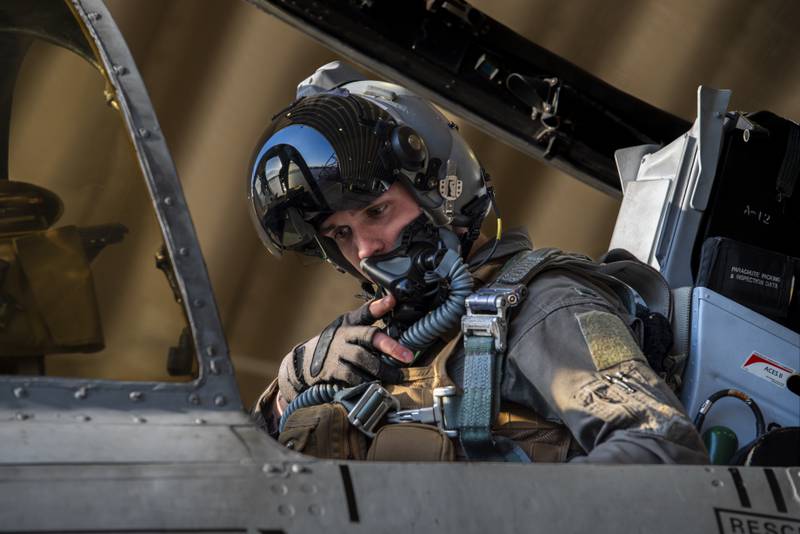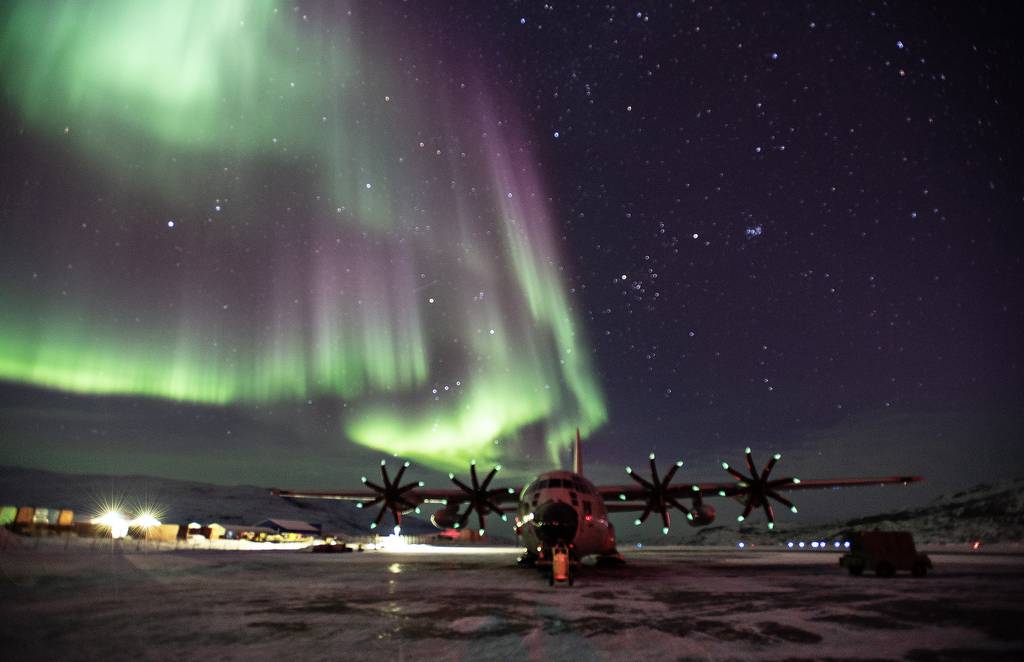Congress is urging the Air Force to start sketching out what it needs in a future fleet of skiplanes to help protect the Arctic.
Lawmakers want to get a head start on designing a new set of C-130 airframes that could replace the service’s LC-130H Hercules, also known as the “Skibirds.”
Proactively swapping out the polar airlift fleet could help the U.S. keep pace with Russian and Chinese expansion in the Arctic, according to a provision tucked into the fiscal 2023 omnibus spending bill.
RELATED

“Given the ever-increasing importance of the polar regions in our National Defense Strategy, and our adversaries’ excursion into those regions, the Congress believes that this vital capability must be maintained, modernized and eventually replaced in an appropriate and timely fashion,” the legislation said.
The $1.7 trillion appropriations package cleared Congress on Dec. 23. President Joe Biden is expected to sign it into law ahead of the Friday deadline to fund the government.
The New York Air National Guard’s 109th Airlift Wing owns 10 LC-130H planes that differ from the rest of the cargo fleet in one significant way: giant, Teflon-coated skis allow the aircraft to land on ice and snow. The skiplanes regularly travel to Greenland and Antarctica in support of homeland defense missions and scientific expeditions.
C-130Hs first entered service in the 1960s; the Air Force is now outfitting the skiplanes with modern avionics and engines.
The U.S. military’s northernmost outpost at Thule Air Base, Greenland, relies on the fleet to ferry troops and supplies above the Arctic Circle. Thule hosts missile warning, missile defense and space surveillance operations now run by the Space Force.
U.S. officials are increasingly concerned that Russia and China are establishing operations across the Arctic, as well as how global warming could transform polar sea lanes for commercial and military use.
In October, the White House released a 10-year strategy for handling global competition in the Arctic that pushes for a greater U.S. military presence, modernizing air defenses and icebreakers, and improving maps of the area.
“The United States will enhance and exercise both our military and civilian capabilities in the Arctic as required to deter threats and to anticipate, prevent, and respond to both natural and human-made incidents,” the strategy said. “We will deepen cooperation with Arctic allies and partners in support of these objectives and to manage risks of further militarization or unintended conflict, including those resulting from geopolitical tensions with Russia.”
By July, lawmakers want a tentative plan for replacing the current skiplanes with a new set of modified C-130J planes. The final bill adds $1 million for the Air Force to study options for a newer, more reliable polar cargo fleet.
C-130Js can fly faster than 400 mph and up to 28,000 feet — slightly faster and higher than older models — and carry 42,000 pounds of cargo, around 3,000 pounds less than the “Skibirds.” Lockheed Martin builds the family of four-engine, turboprop C-130s.
While lawmakers said the skiplanes were designed to last another 15 years, decades of flight in extreme weather conditions are already taking a toll.
Airmen ventured out in subzero temperatures to fix an LC-130 that was stranded at the South Pole last month, the 109th Air Wing said Dec. 21. There are no hangars or shelters at the South Pole, meaning the team was exposed to the elements for two days while they worked.
Temperatures dropped from -40 degrees to -77 degrees Fahrenheit while three airmen tried to fix low engine oil and a broken tail cable. The cable lets the tail open and lower a platform to the ground so crews can load cargo.
“It was a struggle to maintain warmth and we began to have symptoms of frostnip from the extreme cold and cyanosis [lack of oxygen in the blood] from the 9,600-foot elevation we were working at,” said Tech Sgt. Dennis Craig, a hydraulics craftsman from Kentucky’s 123rd Airlift Wing who flew in to repair the aircraft.
“This aircraft rescue was a reminder of the daunting tasks that are down here, working in austere environments,” added Chief Master Sgt. Ron Jemmott, the superintendent of aircraft maintenance at McMurdo Station, the National Science Foundation’s largest Antarctic outpost. “It takes a toll on your body, but they keep a positive attitude and get the job done.”
Rachel Cohen is the editor of Air Force Times. She joined the publication as its senior reporter in March 2021. Her work has appeared in the Washington Post, the Frederick News-Post (Md.), Air and Space Forces Magazine, Inside Defense, Inside Health Policy and elsewhere.








